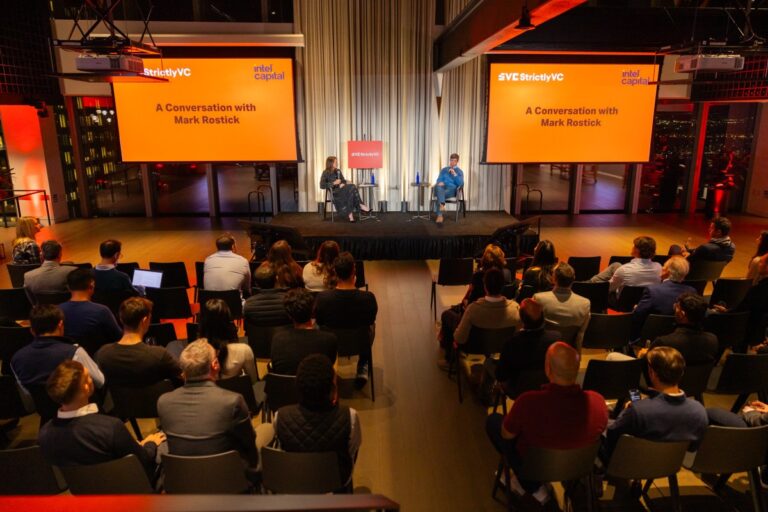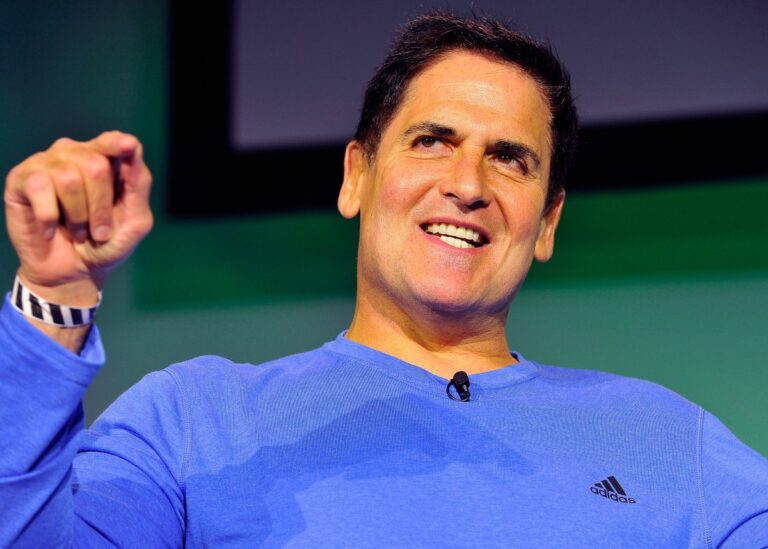Durin Secures $3.4M Investment to Revolutionize Critical Minerals Exploration with Automated Drilling Technology
Exploring new sources of critical minerals is an expensive endeavor, with global companies investing between $12 billion and $13 billion in exploration during 2023. This article delves into the challenges and innovations in the mining industry, focusing on how technology is reshaping mineral exploration.
The High Cost of Mineral Exploration
The mining sector is notoriously unpredictable, often described as a hit-or-miss business. Despite using advanced Earth crust modeling techniques to identify promising locations, only about three out of every 1,000 exploration attempts result in the discovery of valuable mineral deposits. To confirm their findings, prospectors must drill deep into the Earth, extracting rock cores for analysis.
Drilling: The Backbone of Exploration
According to Ted Feldmann, founder and CEO of Durin, approximately 70% of the funds raised by exploration companies are allocated to drilling activities. “Drilling is prohibitively expensive,” he told TechCrunch. Many companies outsource drilling to specialized contractors, whose operational costs are heavily influenced by labor.
- Labor Costs: About 60% of the expenses incurred by drilling companies are related to payroll.
- Staffing: Typically, two to three workers are needed to operate a single drilling rig.
- Operations: Workers manage machinery, supply the rig with necessary materials, and interpret data from gauges to adjust drilling parameters.
Innovating with Robotics in Drilling
Feldmann believes that much of the drilling process can be automated. To spearhead this transformation, Durin has successfully raised $3.4 million in a pre-seed funding round led by 8090 Industries. Other notable investors include Andreessen Horowitz, Bedrock, and others.
Durin’s Groundbreaking Drilling Technology
Earlier this year, Durin began designing a new drilling rig capable of boring holes 300 meters deep and 2.5 inches wide. Although currently operated manually, the rig is equipped with sensors to collect data, which will inform the development of future automated models. Additionally, Durin is creating a mechanism to automatically load pipe as drilling progresses.
Future of Automated Drilling
As Durin embarks on its first drilling program, Feldmann anticipates that by the end of the year, the company will have sufficient data to start developing its automation model. He predicts that within the next two to three years, drilling rigs could operate unattended.
While personnel will still be necessary on-site to handle supplies and monitor progress, the goal is to reduce the number of workers needed to stand idle by the rig during operations. “What we’re trying to eliminate is the need for workers to be standing around the rig while it’s operating,” Feldmann explained.
For those interested in the future of mining technology, explore more about TechCrunch and the latest advancements in the field.







